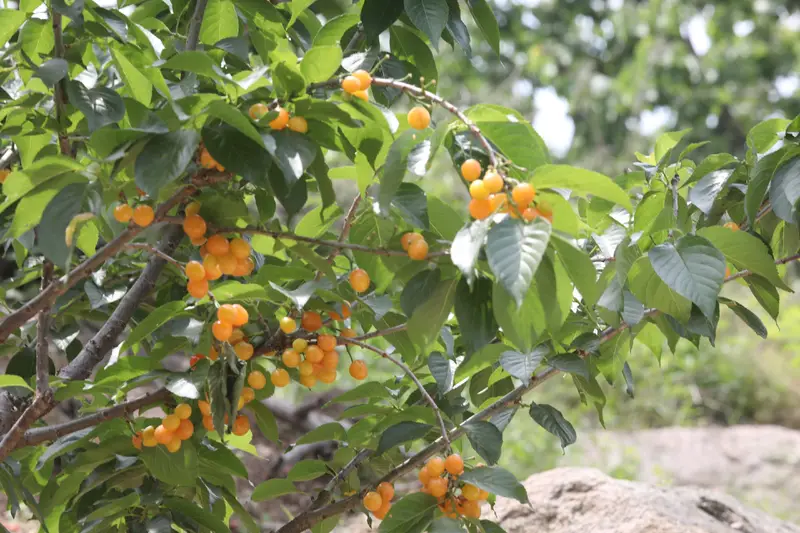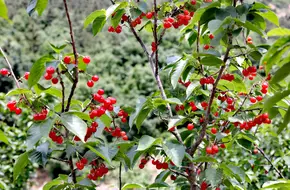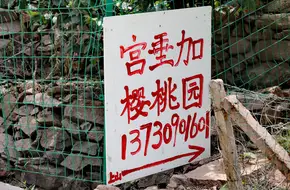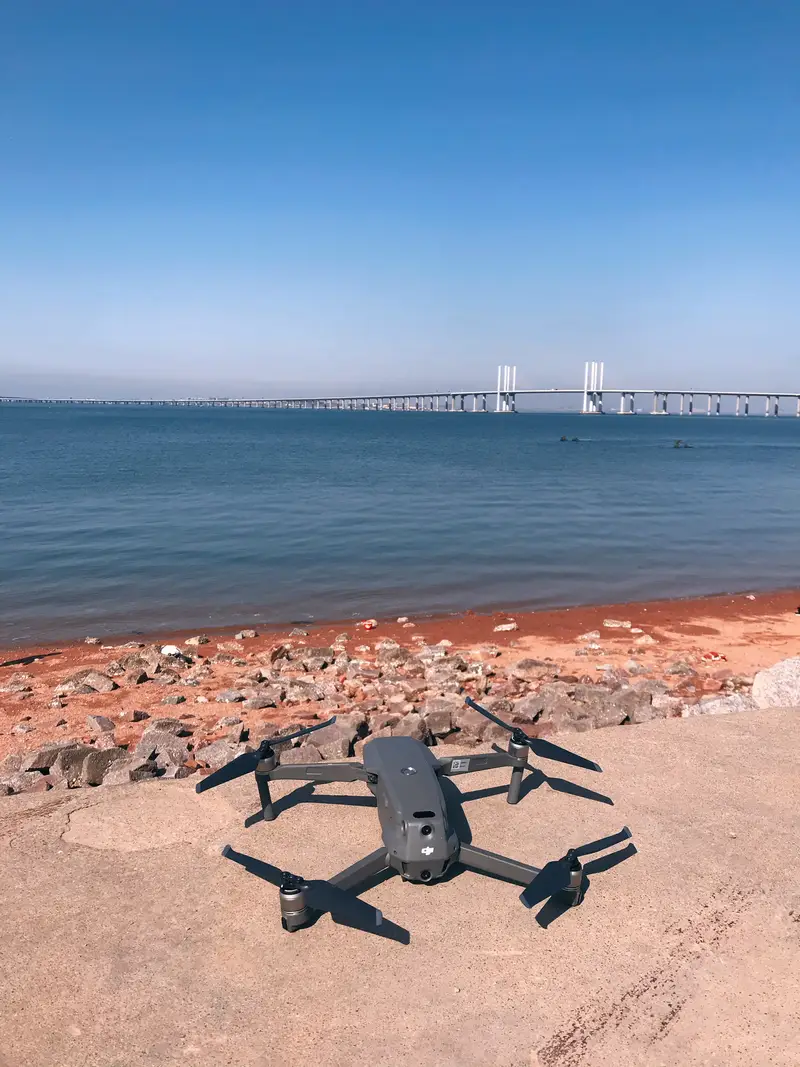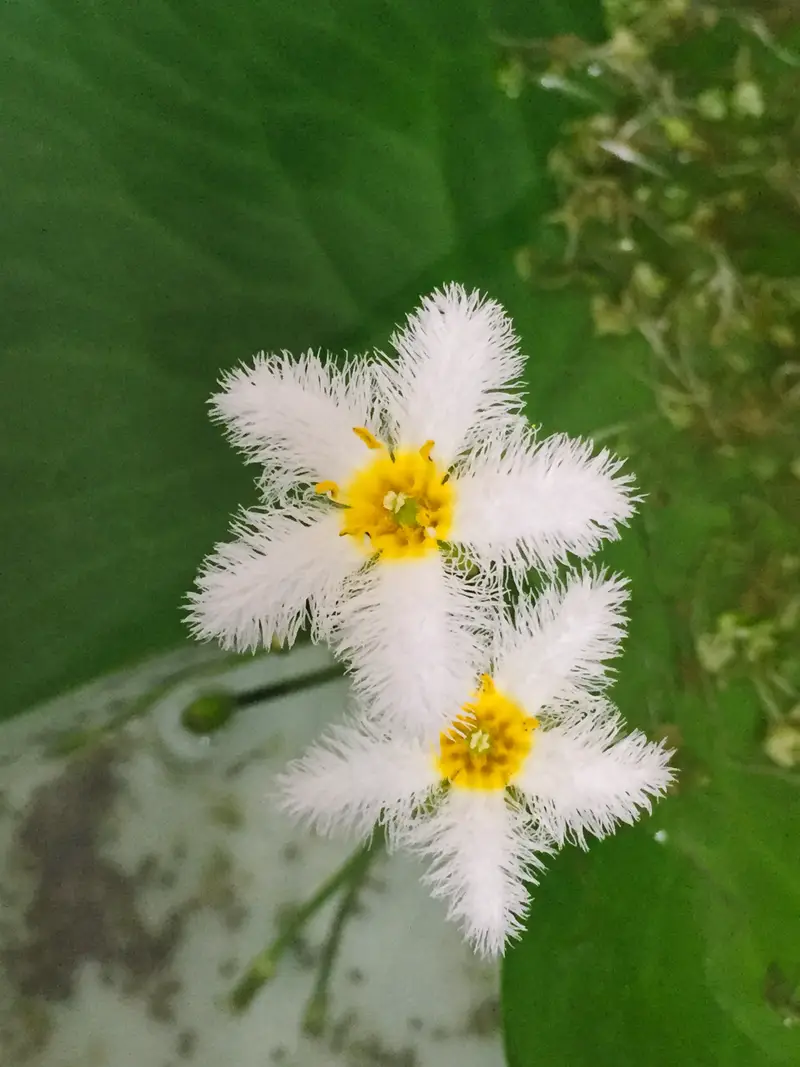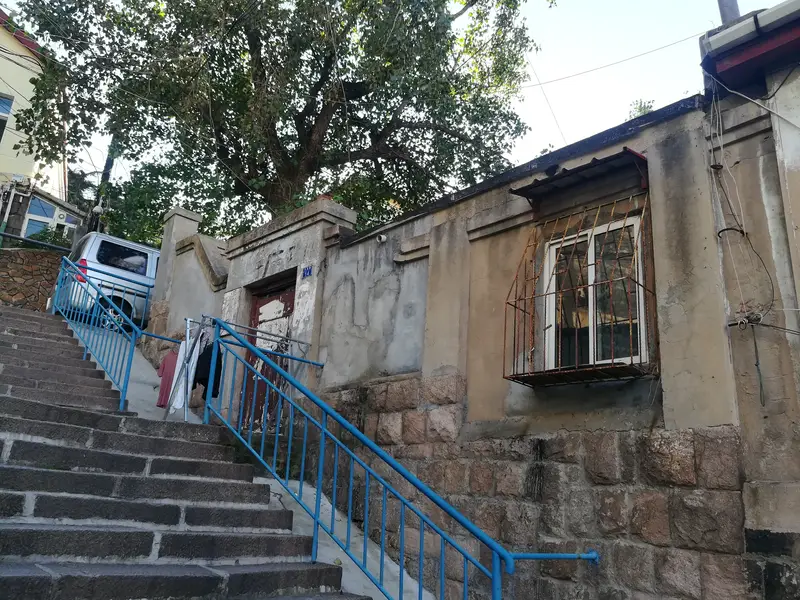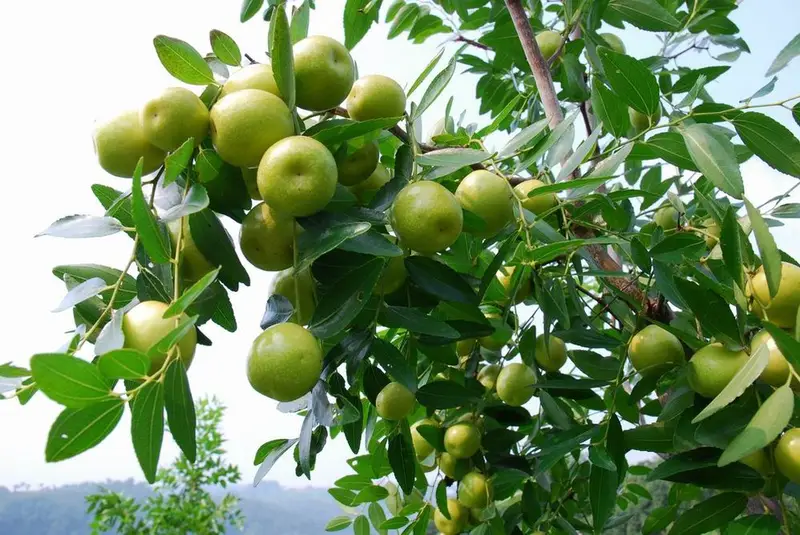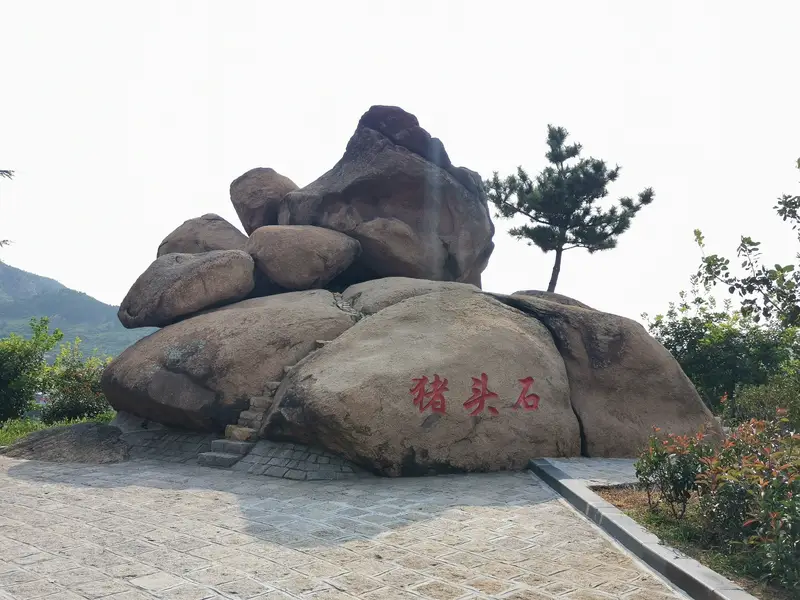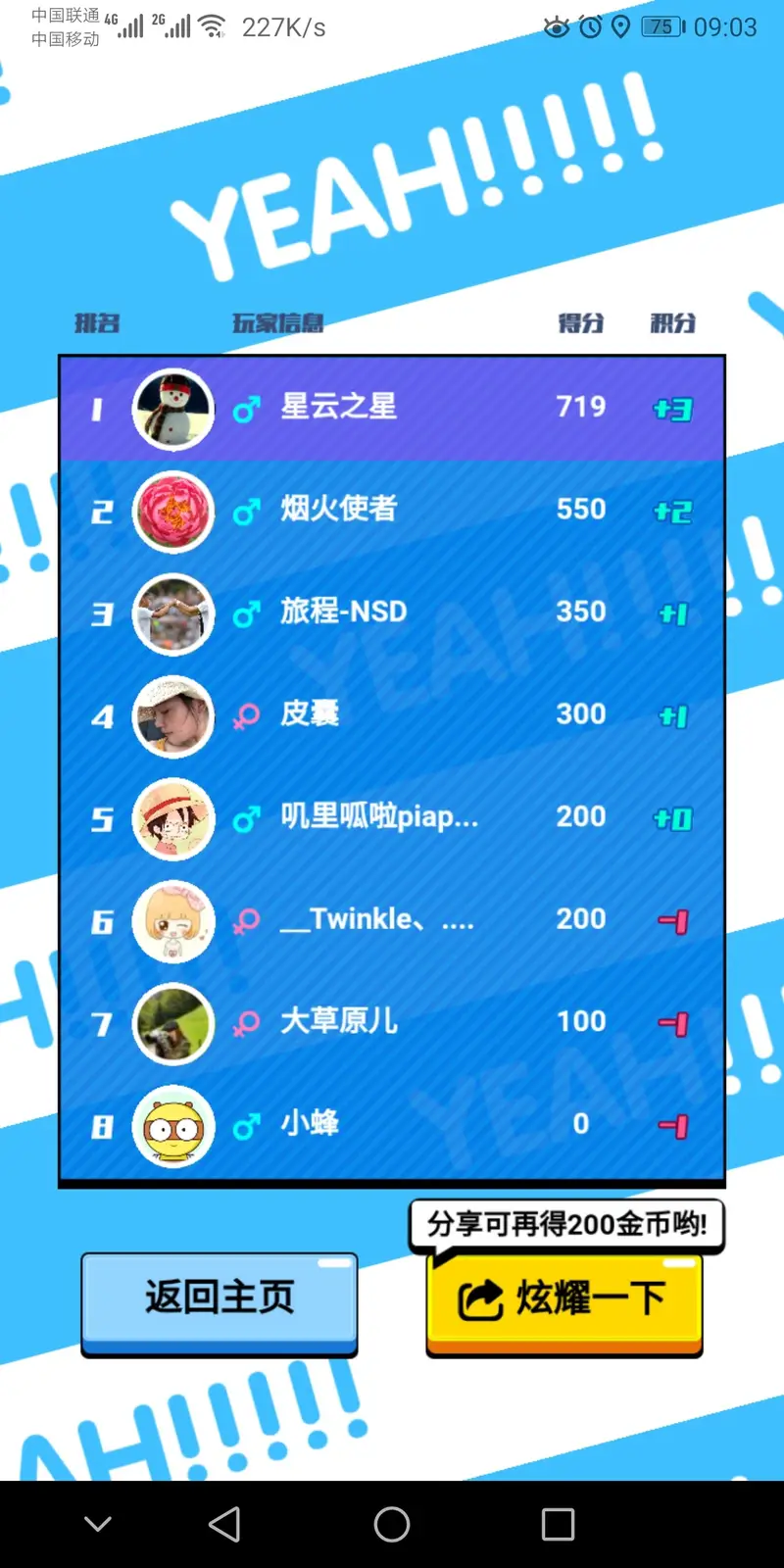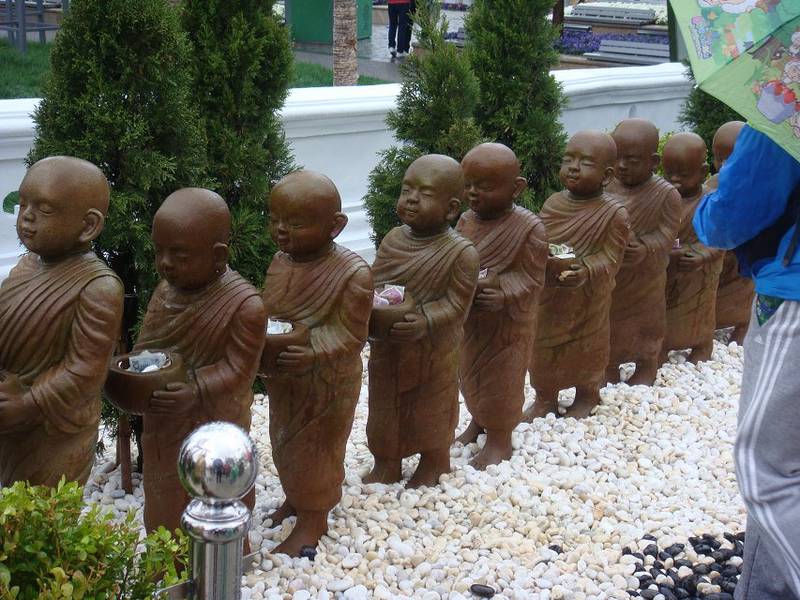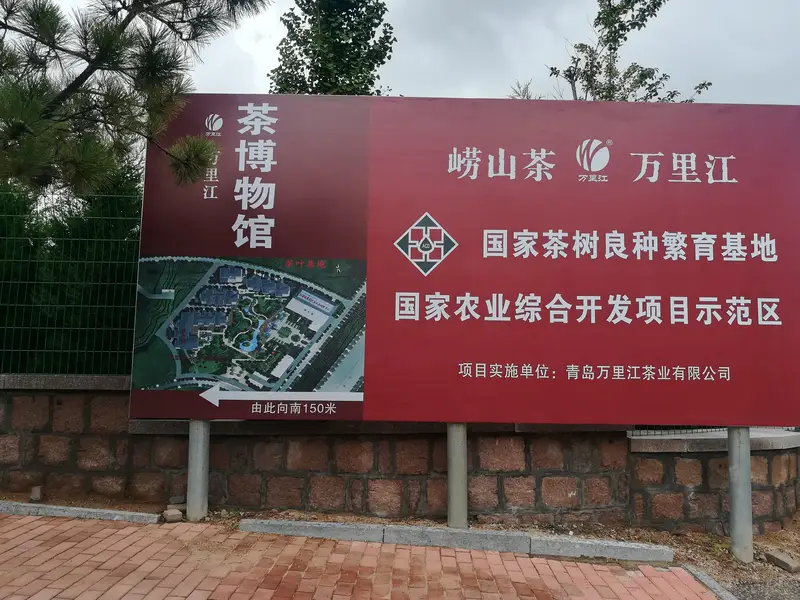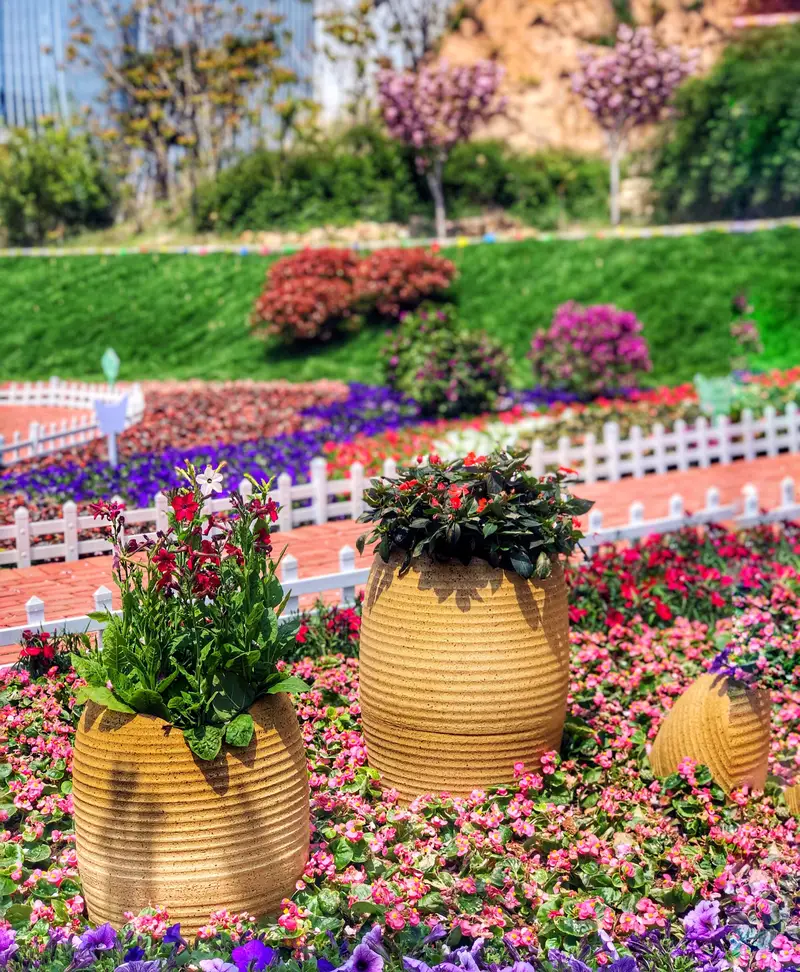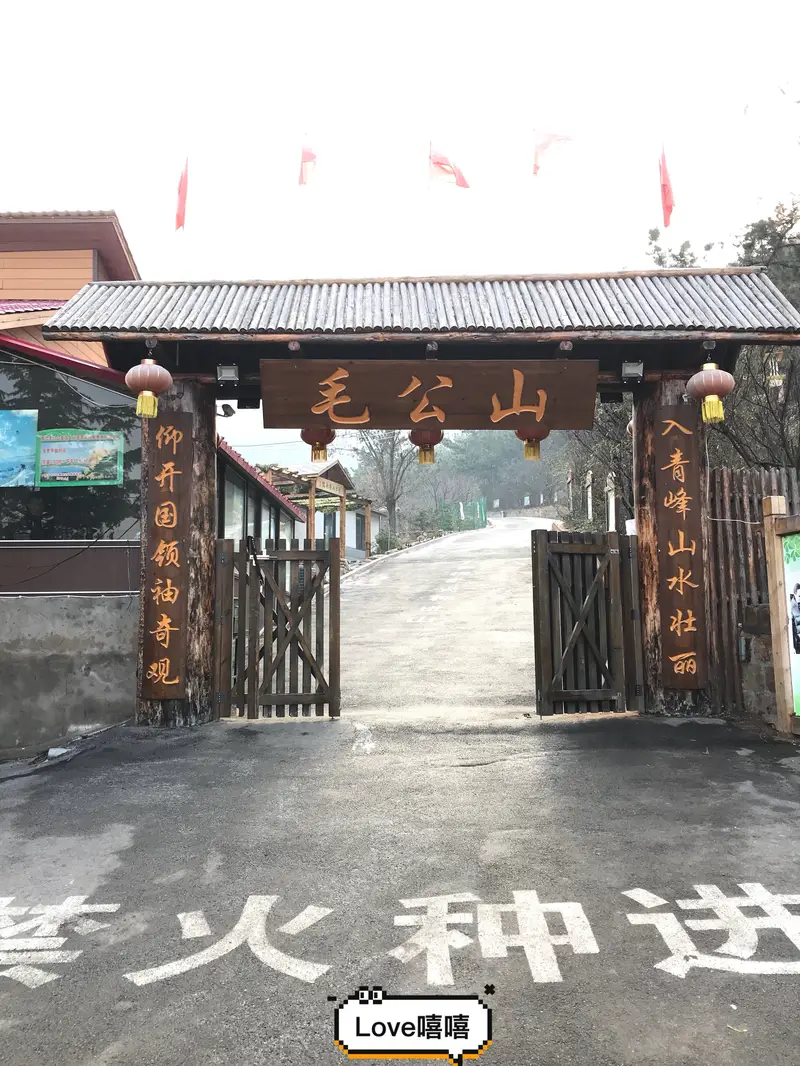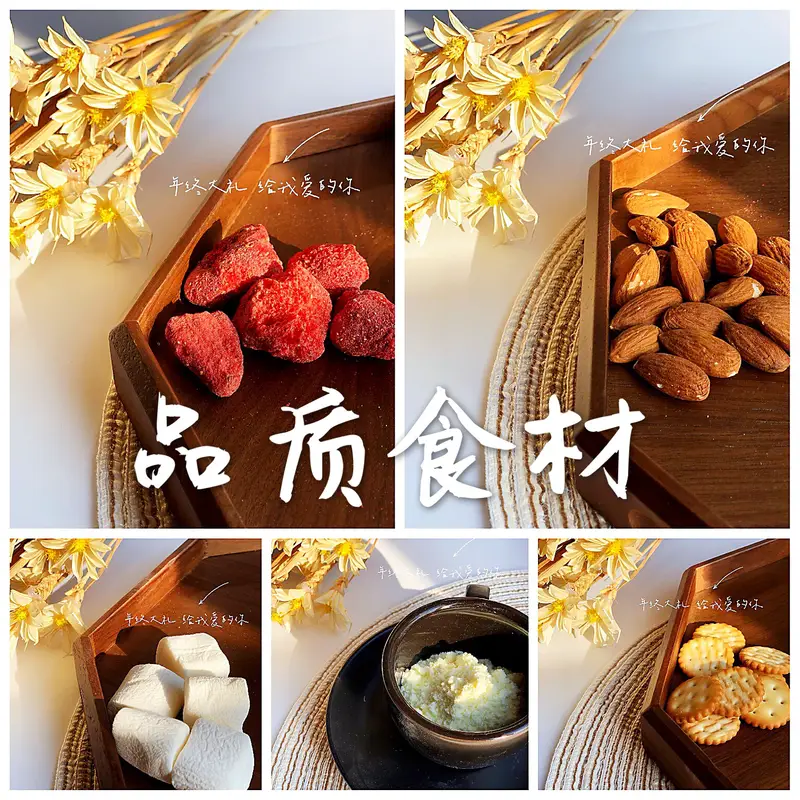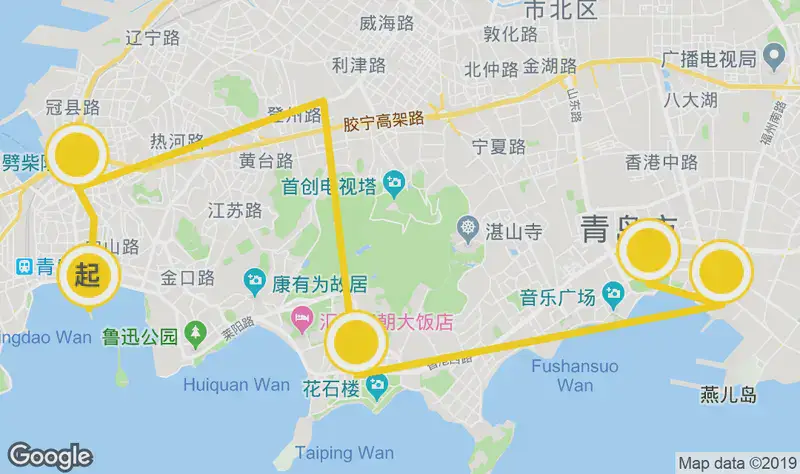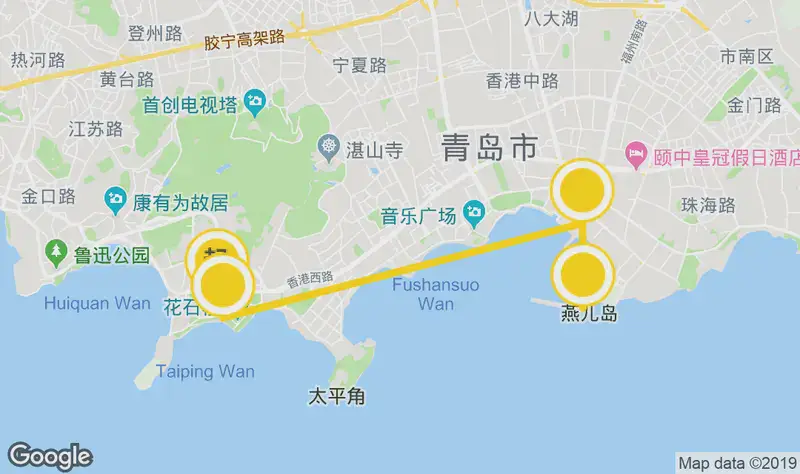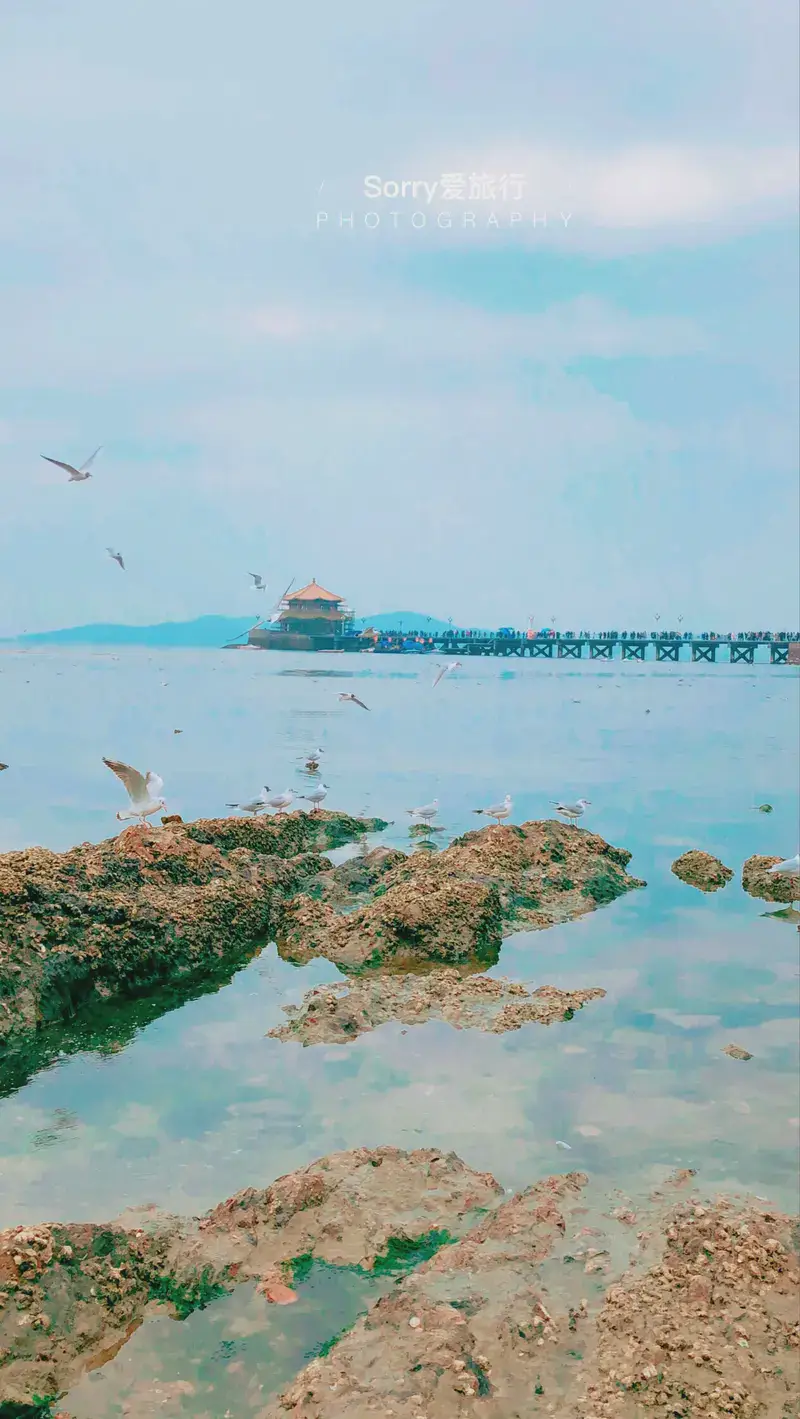Location & Transportation
Gongjia Village sits in the lush Xifux Town of Chengyang District, Qingdao. Though it’s off the beaten path, getting there is part of the adventure! From downtown Qingdao, it’s about a 40-minute drive—perfect for a day trip. If you’re relying on public transport, take the metro to Jiaodong Bihai Station and hop on a local bus (ask a driver for “Xifu Town” to avoid language barriers). Once you’re close, follow the rolling hills and cherry blossoms—they’ll lead you straight to Gongjia Village!
Pro tip: Rent a bike in town for a scenic ride through countryside roads. The village’s signage is clear, but downloading an offline map is wise if you’re exploring solo.
Natural Scenery: A Mountain-and-Water Playground
Gongjia Village is nestled between Qinling Mountain and Baisha River, so expect postcard views at every turn. In spring, the hills explode with cherry blossoms and wild azaleas—ideal for hikers and photographers. The river, crystal-clear and cool, winds through the village like a ribbon. You’ll spot families picnicking by its banks or kids skipping stones into the water.
For panoramic views, climb the Gongjia Hill Trail (easy to moderate difficulty). At the summit, you’ll see terraced fields, traditional rooftops, and mist-covered peaks that look straight out of a Chinese painting. Bring binoculars if you’re into birdwatching—herons and kingfishers love this area!
Cultural Charm: Step Back in Time
Unlike overly touristy spots, Gongjia Village feels genuinely rural. Stone paths, thatched-roof houses, and wooden carts parked outside homes paint a picture of simple life. Many locals still wear traditional clothing while working the fields, offering a glimpse into China’s agricultural past.
Don’t miss the Ancestral Temple near the village center—a small, centuries-old shrine where elders light incense daily. During festivals (like Spring Festival or Mid-Autumn), the temple hosts lion dances and folk performances. Even if you visit on a regular day, the carved statues and peaceful courtyard are worth a quiet visit.
Local Life & Hidden Gems
One of Gongjia’s best-kept secrets? Its homestay culture. Families open their doors to guests, letting you stay in cozy rooms filled with handwoven textiles and homemade snacks. Try the sweet potato noodles or corn-stuffed buns—they’re as fresh as it gets!
For souvenirs, browse the weekly market (held every Saturday) along the main street. Artisans sell handmade tools, dried herbs, and embroidered cloths. Be sure to chat with the vendors—they’re proud to share stories about their craft.
Practical Tips for Visitors
- Best time to visit: April to October for warm weather and blooming landscapes. Avoid winter unless you love snowy mountains!
- Facilities: Clean restrooms, basic cafes, and a small medical clinic. No high-end hotels, but homestays offer warmth and character.
- Language: Most residents speak some English, but learning a few Mandarin phrases (like nihao or xiexie) goes a long way.
- Solo travel: Safe and friendly, but stick to main paths after dark.
A Day in Gongjia Village
Start with a riverside breakfast (try the sesame pancakes!), then hike to the hilltop for views. Spend midday wandering through terraced fields and snapping photos of red-tiled roofs. In the afternoon, join a local family for tea-making or weaving. End your day by the river, watching the sunset paint the sky pink and gold.
Gongjia Village isn’t about ticking off attractions—it’s about slowing down, breathing clean air, and connecting with both nature and people. Come ready to explore, and you’ll leave with stories (and photos!) to treasure.


